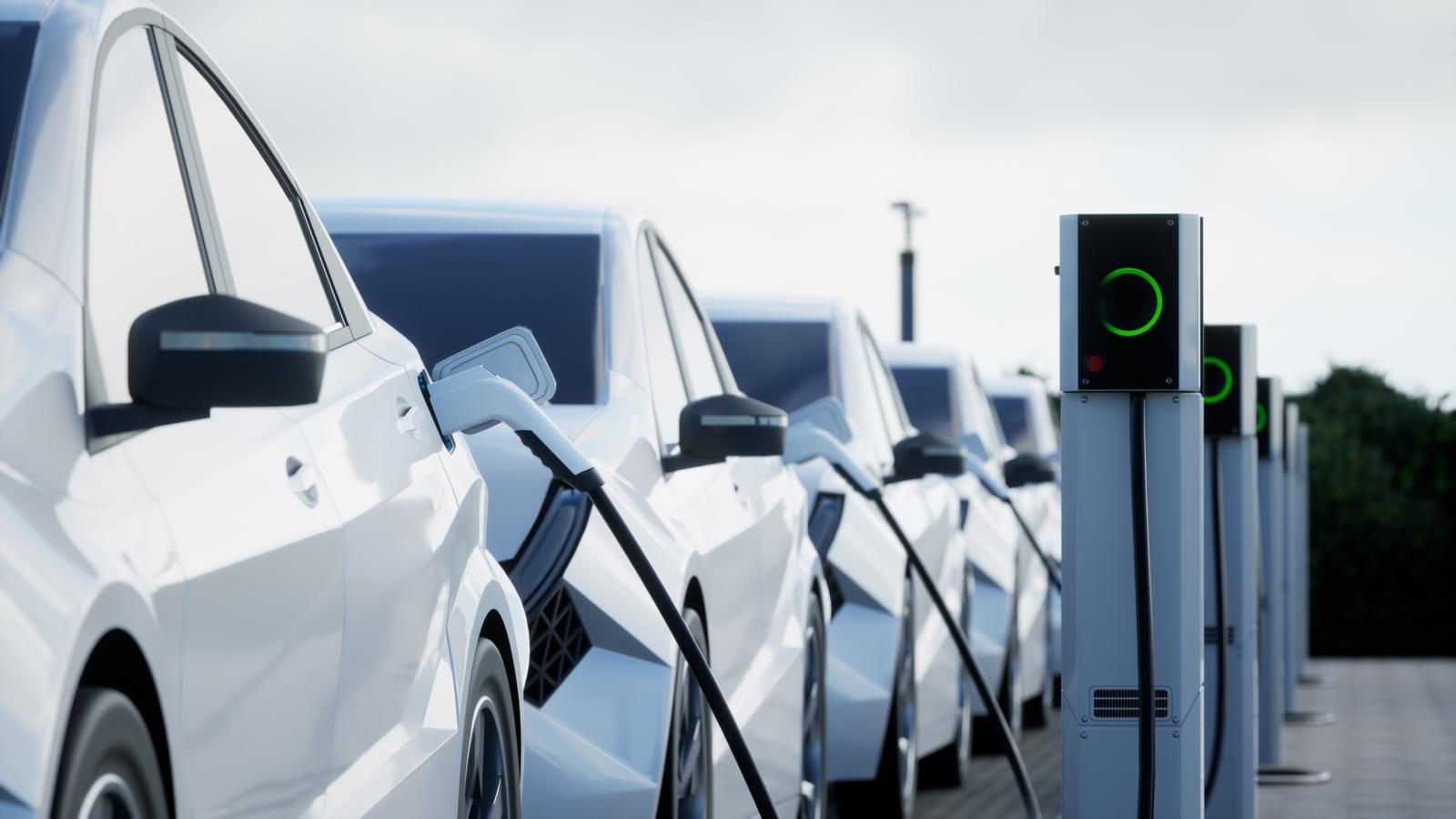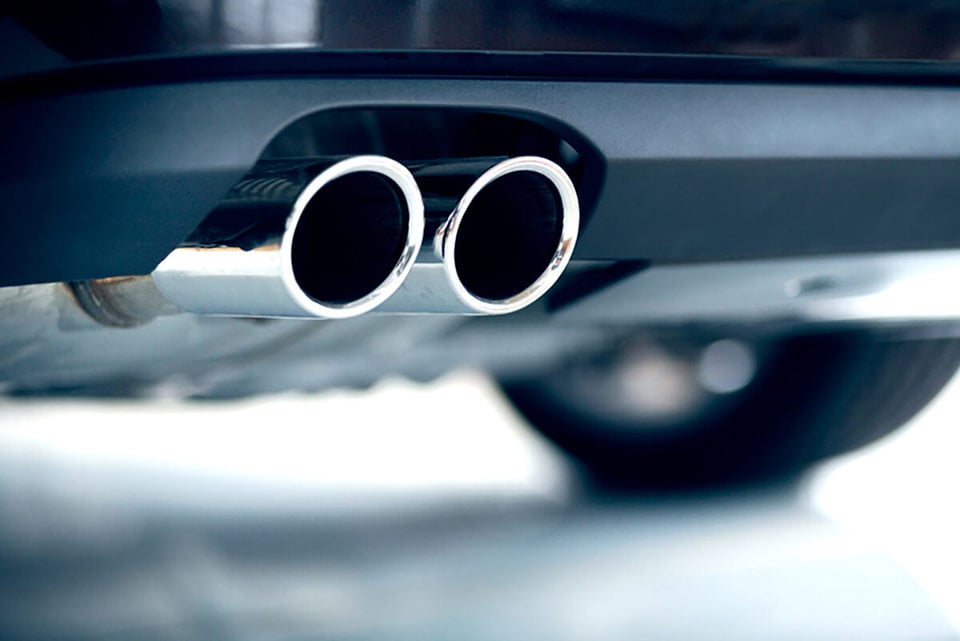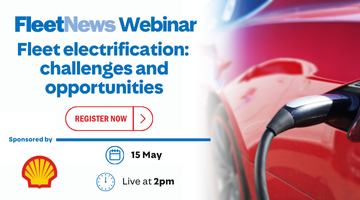The Government has confirmed it is ending the sale of new petrol and diesel cars from 2030, with hybrids to be sold until 2035 and small manufacturers exempt from the ban.
Vans with an internal combustion engine (ICE) will be allowed to be sold until 2035, alongside full hybrids and plug-in hybrid light commercial vehicles (LCVs).
They are part of a raft of changes to the zero emission vehicle (ZEV) mandate, following a consultation launched by the Department for Transport (DfT) in December 2024, which closed in February.
The ZEV mandate required manufacturers to ensure 22% of new car sales were pure electric last year, rising to 28% this year.
Manufacturers were also targeted with ensuring 10% of all new van registrations were zero emission last year, increasing to 16% this year.
The Government says that the updated ZEV mandate increases flexibility for manufacturers to balance the annual targets against each other and avoid fines by selling more battery electric vehicles (BEVs) in later years of the mandate.
Fines for those manufacturers not able to meet ZEV mandate targets will be reduced by 20%, from £15,000 to £12,000 per car, and from £18,000 to £15,000 (18% less) for vans, with very few firms expected to incur any charges, according to the DfT.
It will extend the current ability to transfer non-ZEVs to ZEVs from 2024-26, out to 2029, giving additional flexibility to reward CO2 savings from hybrids. Caps, however, will be included to ensure credibility.
Existing CO2 test values for plug-in hybrids will continue to be used, not the revised (higher) results from the Euro 6e-bis test now being used in the EU.
This, says DfT, will make it easier to use the CO2 transfer flexibility for manufacturers which sell lots of plug-in hybrid electric vehicles (PHEVs).
HMRC has previously told Fleet News that it intends to use the new Euro 6e-bis test results for hybrids for company car tax purposes from next year.
It is not clear whether the Government will align this ZEV mandate rule change with benefit-in-kind (BIK) tax rules.
There will be flexibility for van to car transfer, i.e. one car credit will be exchanged for 0.4 van credits, and one van credit will be exchanged for two car credits.
It will also allow full hybrid and plug-in hybrid cars – like the Toyota Prius and Nissan e-Power models – to be sold until 2035.
Furthermore, it will now exempt small and micro-volume manufacturers – supercar brands including McLaren and Aston Martin – from the mandate targets.
The DfT says that “support for the car industry will be kept under review as the impact of new tariffs become clear”.
The package will also be backed by a new industrial strategy, to be published in full this spring.
The changes come as UK automotive faces a 25% tariff on imports to the US.
No new incentives for electric vehicles
There was, however, no new measures announced to help stimulate the retail EV market and the sale of used EVs.
The Government is being warned that a failure to support the BEV market will stop the transition to zero-emission vehicles in its tracks.
Transport secretary, Heidi Alexander, said: “In the face of global economic challenges and stifled by a lack of certainty and direction for too long, our automotive industry deserves clarity, ambition and leadership. That is exactly what we are delivering today.
“Our ambitious package of strengthening reforms will protect and create jobs – making the UK a global automotive leader in the switch to EVs – all the while meeting our core manifesto commitment to phase out petrol and diesel vehicles by 2030.”
Mike Hawes, chief executive of automotive trade body, the Society of Motor Manufacturers and Traders (SMMT), welcomed the changes.
“The Government has rightly listened to industry, responded quickly to global dynamics and recognised the intense pressure manufacturers are under,” he said.
“Industry remains committed to decarbonising road transport, but the ZEV mandate targets are incredibly challenging, especially with a paucity of consumer demand and geopolitical upheaval.
“Growing EV demand to the levels needed still requires equally bold fiscal incentives, however, to give motorists full confidence to switch.”
He added: “We await full details of the regulatory amendments but, given the potentially severe headwinds facing manufacturers following the introduction of US tariffs, greater action will almost certainly be needed to safeguard our industry’s competitiveness.
“UK-US negotiations must continue at pace, while the long-awaited industrial and trade strategies should prioritise automotive and be delivered at speed.
“In this vastly changed world, a package of measures is needed to support manufacturing, especially the supply chain, so our industry can deliver the economic growth, jobs and investment the country needs.”
The AA's president, Edmund King, welcomed the changes, while also advocating more incentives for the BEV market.
He described the changes as a “pragmatic step forward” which he hopes will help manufacturers and give confidence to drivers.
“The inclusion of hybrids can act as a stepping stone to help those not yet ready to make the full switch to electric,” he added.
“Our consistent message to government is more needs to be done to make EVs accessible for everyone.
“Generally, drivers are hesitant, but most are not hostile to the change. Help is needed to stimulate demand for EVs including broader fiscal incentives.”
Read more industry reaction to the ZEV mandate changes here.

Key ZEV mandate changes explained
New non-ZEV cars post 2030
- The ban on the sale of new cars powered solely by petrol and diesel engines beyond 2030 has officially been reinstated.
- Between 2030 and 2035, the sale of ‘full hybrids’ (HEVs) will be permitted, such as Toyota Prius and Nissan’s e-power technology, as well as all plug-in hybrids (PHEVs).
- From 2030, manufacturers will need to make sure the overall CO2 emissions from their petrol and diesel cars is 10% lower than it was in 2021.
New non-ZEV vans post 2030
- No additional technology requirements will be imposed on vans. This means that petrol, diesel, HEV and PHEV vans will all be permitted until 2035.
- As now, van manufacturers will just need to make sure that in the period from 2030 until 2035, the overall CO2 emissions of their non-ZEV fleet get no worse than they were in 2021.
Small volume manufacturer (SVM) and micro volume manufacturer (MVM)
- To support smaller manufacturers, MVMs (fewer than 1,000 registrations) and SVMs (between 1,000 and 2,499 registrations) will be exempt from the 2030 to 2035 hybrid requirements.
- SVMs will be required to meet a nominal CO2 reduction across their fleets post-2030 which will be agreed with them.
Enhanced flexibility ahead of 2030
Fines
- Decrease fine levels by £3,000 from 2025 from £15,000 to £12,000 (20% less) for cars, and from £18,000 to £15,000 (18% less) for vans.
Utility factor changes
- The EU is bringing in new rules to change how the CO2 of plug-in hybrid electric vehicles (PHEVs) are measured. For some models this could quadruple their CO2 scores. DfT is considering how these changes might apply to the UK, but in the interests of simplicity, and to give greater flexibility to manufacturers, it will keep using the current, lower values until 2030 in ZEV mandate calculations.
New flexibility: Van to car credit transfer
- DfT is introducing a new flexibility to introduce a van to car and car to van transfer for manufacturers who make both types of products.
- This will provide manufacturers who have overachieved against either the car or van targets the ability to transfer excess credits to the other scheme to help achieve compliance.
- One car credit will be exchanged for 0.4 van credits. One van credit will be exchanged for two car credits. This is derived from relative mileage and CO2 emissions. This flexibility would be uncapped and available for the compliance year 2025 onward.
Flexibility: non-ZEV to ZEV transfer
- There is an existing flexibility for manufacturers to create ‘credits’ in the scheme by cleaning up their non-ZEV fleet compared to a 2021 baseline. This currently expires in 2026 but we will extend it to 2029, giving significant flexibility to reward eg. CO2 savings from hybrids. The flexibility will be capped each year to ensure that the mandate continues to achieve its primary goal of driving EV sales.
Flexibility: borrowing
- There is an existing flexibility for manufacturers to ‘borrow’ credits from the future if they don’t meet the mandate target in a particular year. This means that they can overachieve in a future year if they underachieve in a particular year. Overall, they have to sell the same number of EVs (plus a small increase to account for the fact that carbon saved later is less valuable). This flexibility is also capped but will be extended.





















Login to comment
Comments
No comments have been made yet.